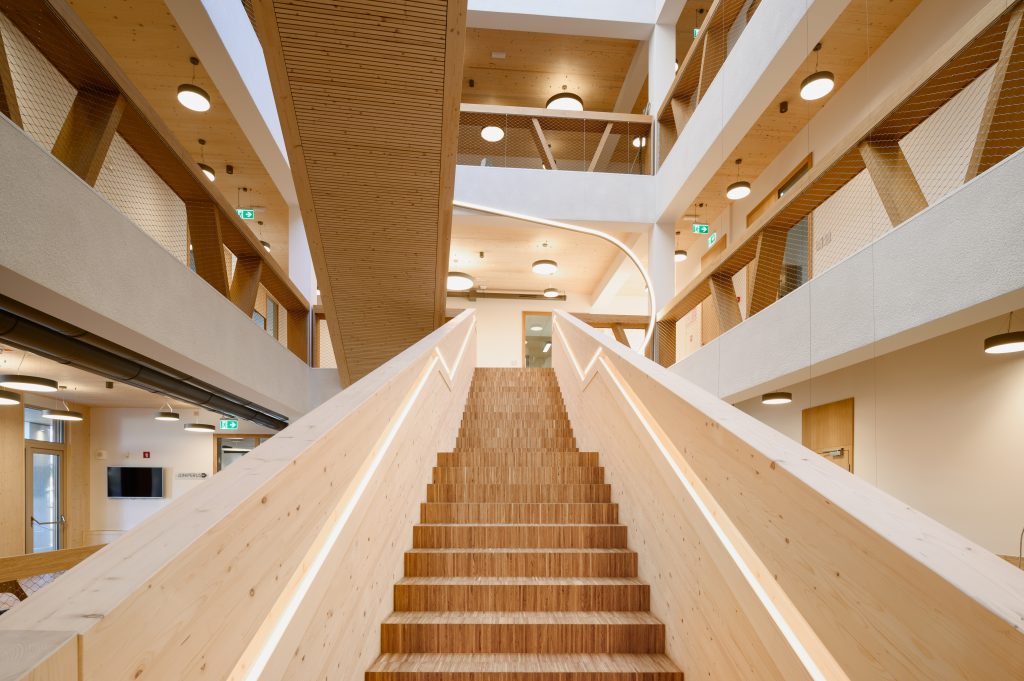
January 7, 2026

The built environment and the construction industry are responsible for significant portion of global harmful emissions. It is estimated that the built environment is responsible for approximately 40% of the total carbon emissions in the world (Tracking Progress | Globalabc, n.d.). There is a lot of pressure on a global scale to reduce these harmful emissions. The need for change is crucial also in the construction practices.
For the change to happen we need to understand what the main decision factors of those deciding about building practices are. Namely, professional stakeholders such as architects, engineers, and constructors, which are the ones advising consumers and deciding about construction. This is why an understanding about their decision factors is needed, in order to increase the implementation of sustainable construction. Professional stakeholders are important, as the effective implementation of sustainable construction heavily relies on the active involvement of project stakeholders, and their understanding (Adhi and Muslim, 2023).
All stakeholders in sustainable construction play a crucial role, including the clients with their specific needs, values and objectives that influence the decision-making process of construction planning. Actively engaging with all relevant stakeholders bring a comprehensive and holistic approach to sustainable construction. However, in this study the authors – Lea Primožič and Dr. Andreja Kutnar, InnoRenew CoE researchers – are focusing on professional stakeholders as the first step in understanding the whole decision-making process. They provided evidence about key decision factors influencing professional stakeholders in Slovenia when deciding for sustainable construction practices.
To identify and analyse their decision factors when choosing sustainable construction solutions in Slovenia, they conducted an online survey (questionnaire), and in total collected 346 responses. They found out that professional stakeholders mostly have experiences working with sustainable construction. The most important drivers were connected to the factor of occupant health, and to the energy-efficiency of the buildings. As for the barriers, the higher cost of sustainable construction was noted as the most important one, followed by a lack of awareness of sustainable construction. Additionally, professional stakeholders are concerned about climate change and their attitudes towards climate change are affecting their decision related to sustainable construction. For those who have more experience in the field of sustainable construction this is even more important.
The study provides suggestion that more efforts should be done from either researchers, communication practitioners, educators, policymakers, and other important stakeholders, to raise awareness about sustainable construction. Finally, the study provides an excellent confirmation of knowledge gaps and needs for delivering more trainings related to sustainable construction.
Read the whole article “Key decision factors of professional stakeholders (architects, engineers, constructors) when deciding for sustainable construction” (Primožič & Kutnar, 2024), published in Frontiers in Built Environment.
References:
Author: Lea Primožič